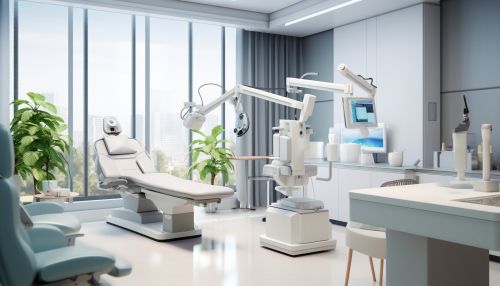Ophthalmology
Overview
Ophthalmology is the branch of medicine that deals with the anatomy, physiology, and diseases of the eye. An ophthalmologist is a specialist in medical and surgical eye diseases. The word ophthalmology comes from the Greek roots 'ophthalmos' meaning eye and 'logos' meaning word, thought, or discourse. Ophthalmology literally means 'the science of eyes'.
History
The history of ophthalmology dates back to the early civilizations of India and Egypt. The Indian surgeon Sushruta (6th century BCE) described 76 ocular diseases, as well as several ophthalmological surgical instruments and techniques. His work, the Sushruta Samhita, is considered one of the most important in ancient Indian medicine and was translated into Arabic and later into Latin and English.
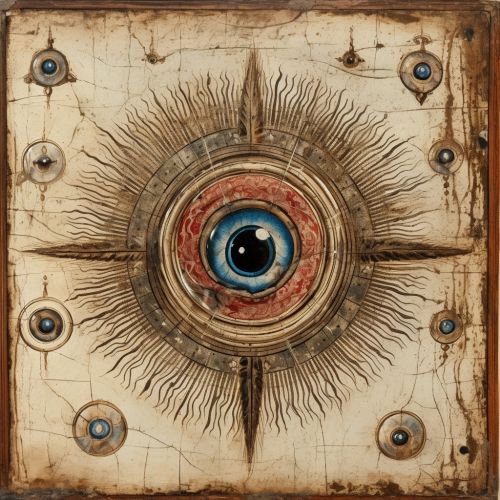
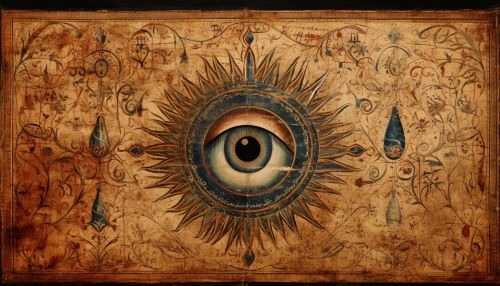
In ancient Egypt, the Ebers Papyrus (1550 BCE) contains a chapter on the diseases of the eyes and their treatment. The Roman encyclopedist Aulus Cornelius Celsus (c. 25 BCE – c. 50 CE) wrote extensively on the treatment of eye diseases in his work De Medicina.
Anatomy and Physiology of the Eye
The human eye is an organ that reacts to light and allows vision. Rod and cone cells in the retina allow conscious light perception and vision including color differentiation and the perception of depth. The human eye can differentiate between about 10 million colors.
The eye's anatomy includes the cornea, iris, lens, retina, and optic nerve. Each of these structures plays a crucial role in vision. The cornea and lens help to focus light onto the retina, which contains the photoreceptor cells that convert light into electrical signals. These signals are then transmitted to the brain via the optic nerve.
Eye Diseases and Disorders
There are many diseases and disorders that can affect the eye, some of which can lead to vision loss if not treated. These include refractive errors, cataracts, glaucoma, macular degeneration, diabetic retinopathy, and eye infections.
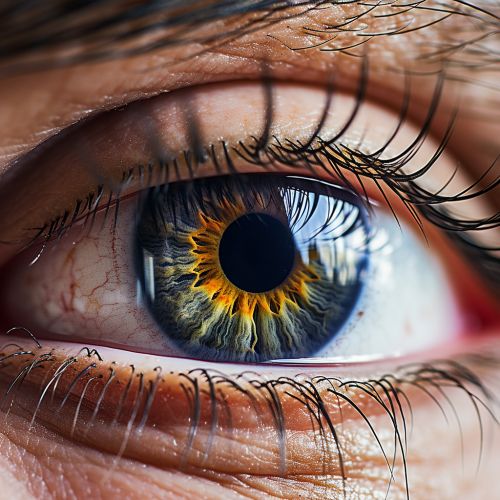
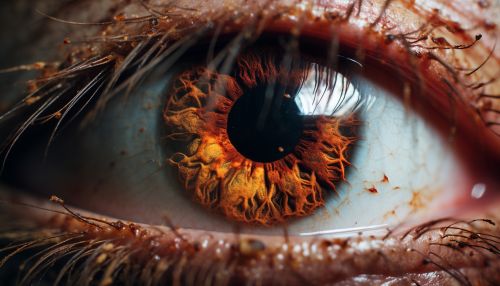
Refractive errors, such as myopia (nearsightedness), hyperopia (farsightedness), and astigmatism, occur when the eye cannot clearly focus the light that enters it, resulting in blurred vision. Cataracts, the clouding of the lens, are the leading cause of blindness worldwide. Glaucoma is a group of diseases that damage the optic nerve, while macular degeneration affects the part of the eye that provides sharp, central vision. Diabetic retinopathy is a complication of diabetes that damages the blood vessels of the retina.
Diagnosis and Treatment
Ophthalmologists use a variety of techniques to diagnose eye diseases and conditions. These include visual acuity tests, refraction tests, slit-lamp examinations, tonometry (to measure intraocular pressure), and retinal examination.
Treatment options for eye diseases and conditions depend on the specific problem, but may include prescription glasses or contact lenses, medications, laser surgery, or other types of eye surgery.
Future of Ophthalmology
Advancements in technology and medical research are continually expanding the field of ophthalmology. This includes the development of new surgical techniques, improvements in diagnostic tools, and the discovery of more effective treatments for eye diseases and conditions.

